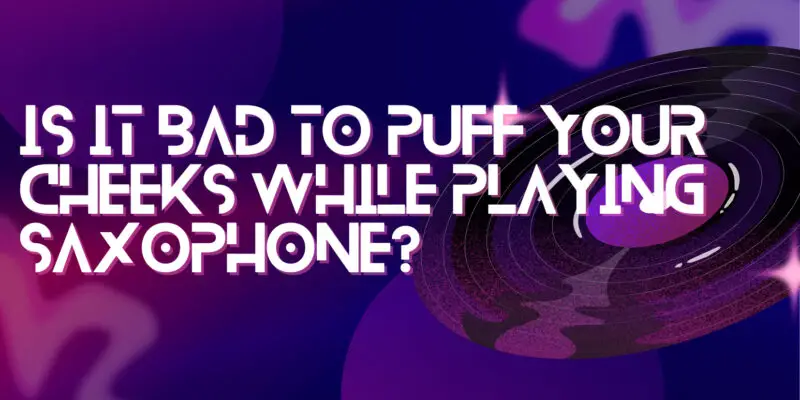Playing the saxophone is a harmonious blend of artistry and technique. One technique often debated among saxophonists is the habit of puffing the cheeks while playing. Some argue that it can be a sign of poor embouchure control, while others maintain that it can be used effectively for certain stylistic effects. In this article, we will explore the practice of puffing cheeks while playing the saxophone and its potential impact on your performance.
The Role of Embouchure
Before diving into the puffing cheeks debate, it’s essential to understand the concept of embouchure. Embouchure refers to the way a saxophonist shapes their mouth and uses facial muscles to control the reed and produce sound. Proper embouchure is crucial for achieving control over tone, intonation, and articulation.
Puffing Cheeks: The Controversy
Puffing the cheeks occurs when a saxophonist allows their cheeks to fill with air while playing, causing the cheeks to visibly expand. This technique is often associated with saxophonists in certain musical genres, such as jazz, who use it to create specific stylistic effects, including growling or bending notes.
However, puffing the cheeks can be a controversial technique for several reasons:
- Loss of Control: Excessive cheek puffing can lead to a loss of control over your embouchure and sound production. The air pressure should be focused on the reed through the mouthpiece, and when cheeks are inflated, it disperses the air and can result in a less focused sound.
- Tone Quality: Cheek puffing may negatively impact the overall tone quality of the saxophone, potentially making it less pure and focused.
- Intonation: Maintaining proper intonation can be challenging when cheeks are puffed, as it affects the control of air and embouchure.
- Fatigue: Cheek puffing can lead to increased fatigue, as it may require more effort to control the saxophone and maintain proper playing posture.
- Inconsistent Technique: While some professional saxophonists use cheek puffing intentionally for stylistic purposes, it can be difficult for beginners to control and may lead to inconsistent technique.
When to Use Cheek Puffing
While cheek puffing is generally discouraged in traditional saxophone playing due to the potential challenges it presents, there are situations where it can be employed effectively:
- Stylistic Effects: In certain musical genres, like jazz or some contemporary styles, cheek puffing can be used intentionally to create growling or bending effects. When used sparingly and purposefully, it can add a unique dimension to your playing.
- Expressive Playing: Some saxophonists may employ cheek puffing to add expressiveness to their performance, particularly during emotive or passionate passages.
- Artistic Choice: Ultimately, whether to puff your cheeks or not should be an artistic choice, made with a clear understanding of the impact it will have on your sound and technique.
Conclusion
The practice of puffing cheeks while playing the saxophone is a topic of debate among saxophonists. While it can be used for specific stylistic effects, it should be approached with caution, as excessive cheek puffing can lead to challenges in embouchure control, tone quality, and intonation. Saxophonists should prioritize proper embouchure technique and control while using cheek puffing as an expressive tool when it enhances the music and is executed intentionally. Ultimately, the decision to puff or not to puff should be based on your musical goals and the desired artistic expression in your playing.


